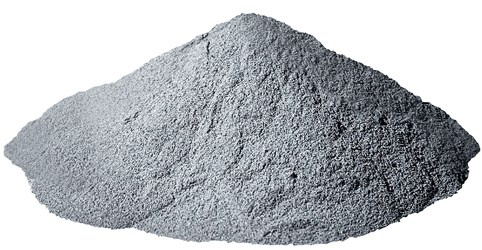The concept of utilizing Metal Powder in 3D Printing has brought about a revolutionary shift in production, enabling the creation of robust three-dimensional objects. This process involves layering metal materials upon each other, harnessing the strength and durability inherent in metal powder.
The process of 3D printing with metal powder follows a series of steps. Initially, a thin layer of metal powder is evenly spread on a build platform. Subsequently, a laser or beam selectively melts the powder, fusing it to form the desired shape. This layer-by-layer approach is repeated until the entire object is fabricated. Various metal powders such as stainless steel, titanium, aluminum, and nickel alloys are employed, each offering distinct properties like strength, corrosion resistance, and thermal conductivity, depending on the specific requirements of the printed object.
There are two primary methods employed in 3D printing with metal powder: Selective Laser Melting (SLM) and Electron Beam Melting (EBM). SLM utilizes a high-powered laser for melting the metal powder, while EBM employs an electron beam. Both techniques provide precise control over the melting process, facilitating the creation of intricate designs and complex geometries.
However, challenges and limitations accompany 3D printing with metal powder. The high cost of metal powders, the complexity of the process requiring specialized equipment and expertise, and the post-processing steps like heat treatment or machining are significant hurdles, making the process demanding.
Looking towards the future, there are exciting prospects and innovations in 3D printing with metal powder. Ongoing advancements include the development of new materials for 3D printing through research on various metal alloys, enhancing the strength and performance of printed parts. Improved printing techniques, such as multi-material printing and faster printing speeds, are being explored to enhance efficiency. Research is also underway to achieve breakthroughs like the ability to print large-scale metal structures, indicating promising developments for the future of 3D printing with metal powder.
In conclusion
3D Printing with Metal Powder has emerged as a transformative force in production, enabling the creation of robust objects with intricate designs. The technology holds vast potential for industries ranging from aerospace to medicine, promising innovative and customized solutions. The marriage of metal powder and cutting-edge technology in 3D printing unveils endless possibilities, marking a fascinating journey of advancements and applications in various sectors.
Source: https://dailybusinesspost.com/3d-printing-metal-powder-limitations-future-prospects-and-more/


No comments yet